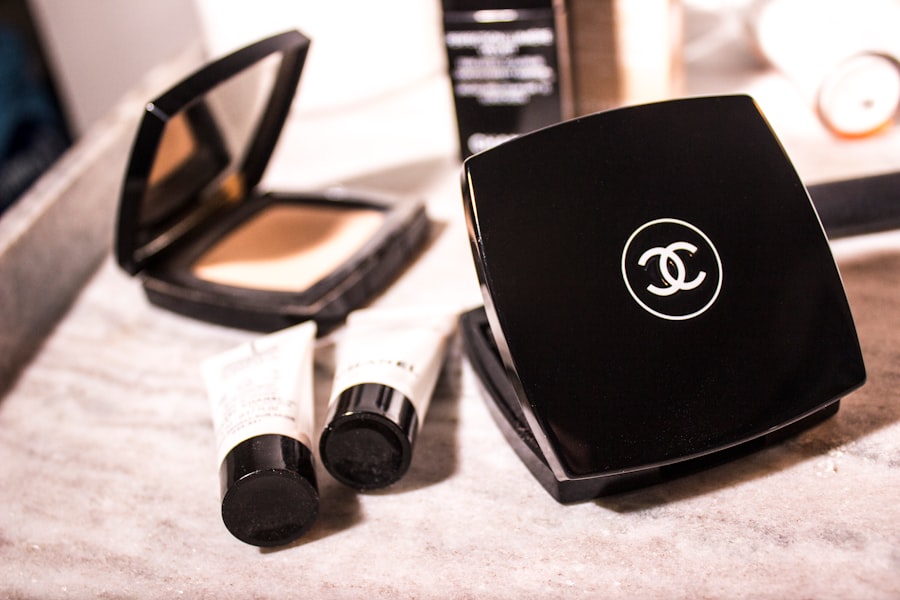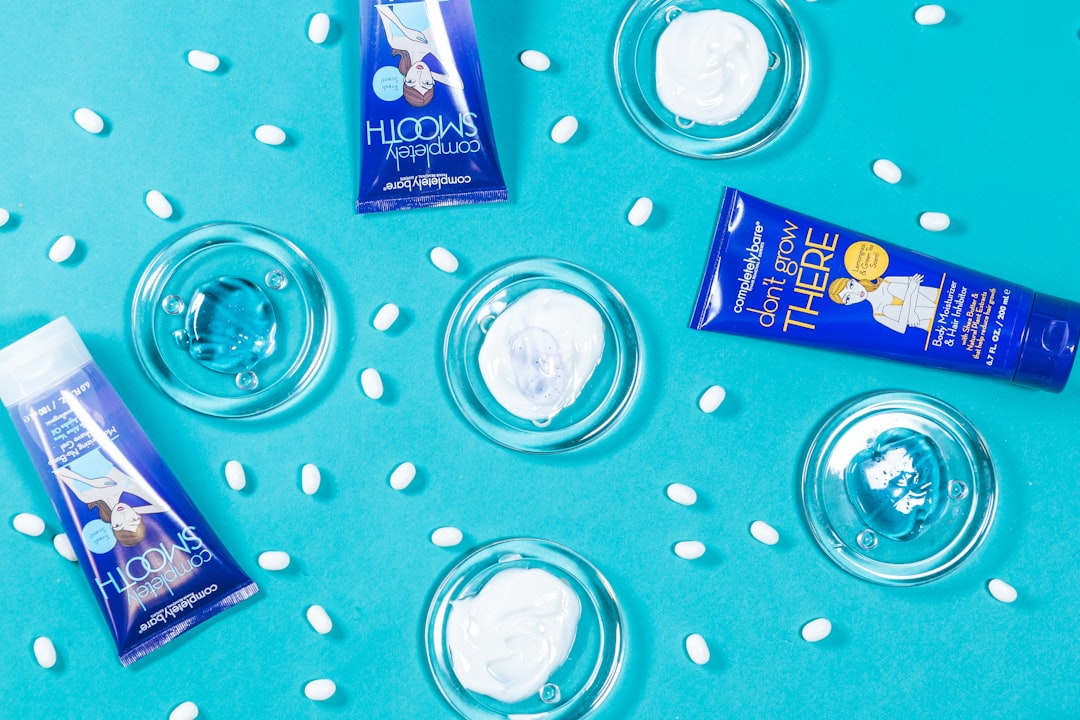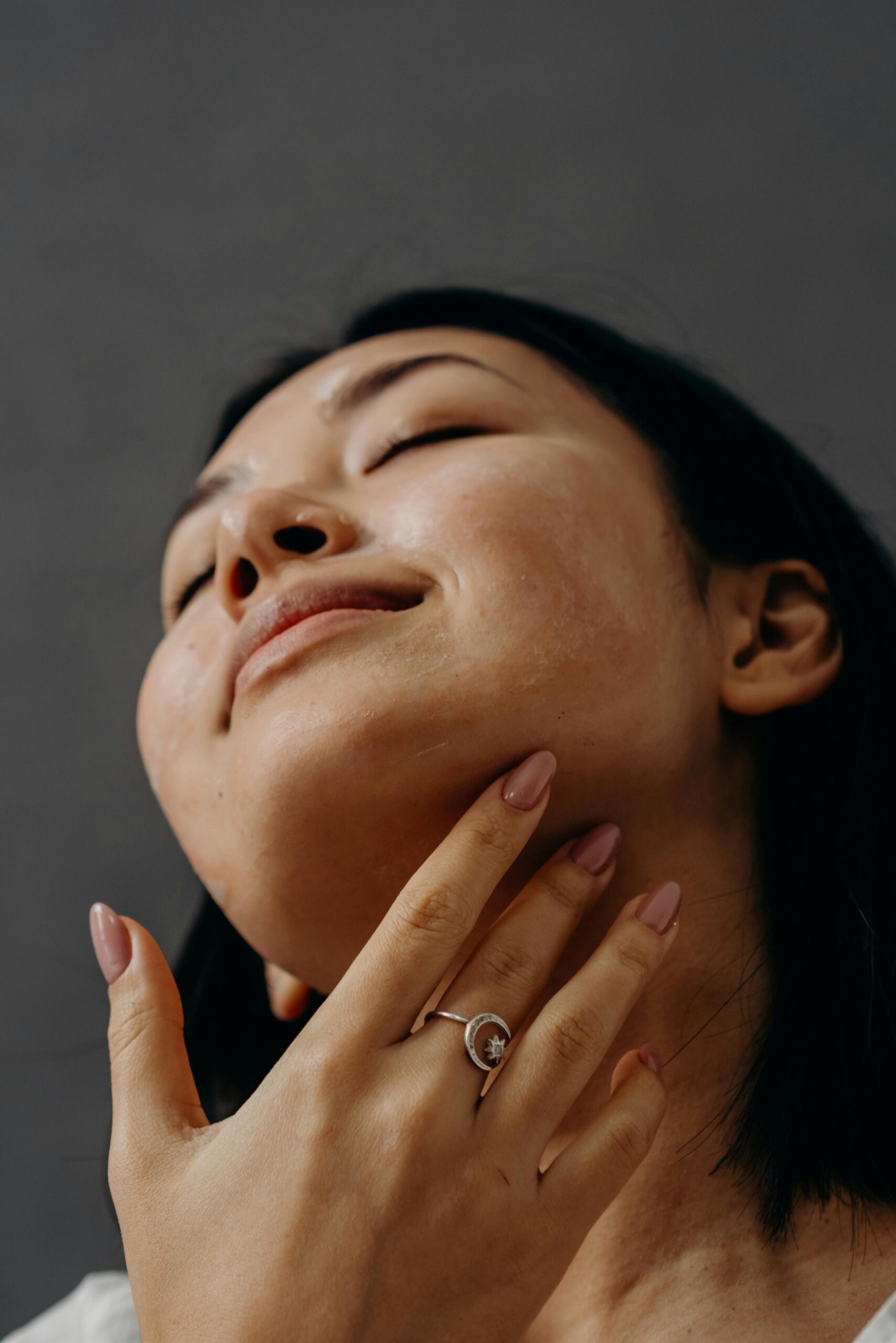Scars are a natural part of the body’s healing process, but they can often be a source of self-consciousness and discomfort for many people. Whether it’s from acne, surgery, injury, or a burn, scars can have a significant impact on one’s self-esteem and confidence. This is where scar creams and treatments come in. These products are designed to help reduce the appearance of scars and promote smoother, healthier-looking skin.
There are various types of scar creams and treatments available on the market, ranging from over-the-counter options to prescription-strength formulas. Some are specifically formulated for certain types of scars, such as acne scars or keloids, while others are more general and can be used on a variety of scars. In recent years, there has been a surge in the development of innovative scar treatments, including advanced silicone gels, vitamin E creams, and natural remedies. With so many options to choose from, it can be overwhelming to find the right scar cream for your specific needs. In this article, we will explore the different types of scars, the top scar creams and treatments for 2024, how to choose the right scar cream for your skin type, tips for using scar creams effectively, and natural remedies and DIY scar treatments.
Summary
- Scar creams and treatments are effective in reducing the appearance of scars and promoting skin healing.
- Different types of scars include hypertrophic scars, keloid scars, atrophic scars, and stretch marks, each requiring specific treatment approaches.
- The top 10 scar creams and treatments for 2024 include products with ingredients such as silicone, vitamin E, and onion extract.
- When choosing the right scar cream for your skin type, consider factors such as scar type, skin sensitivity, and desired results.
- Tips for using scar creams effectively include applying the product to clean, dry skin and massaging it in gently to promote absorption and circulation.
Understanding Different Types of Scars
Scars come in various forms, and understanding the different types can help you choose the most effective treatment for your specific scar. The most common types of scars include hypertrophic scars, keloid scars, atrophic scars, and stretch marks. Hypertrophic scars are raised and red in appearance, often forming at the site of a wound or injury. Keloid scars are similar to hypertrophic scars but extend beyond the original wound site and can be itchy and painful. Atrophic scars, on the other hand, are sunken or depressed in appearance and are often caused by conditions such as acne or chickenpox. Lastly, stretch marks are a type of scar that occurs when the skin is stretched rapidly, such as during pregnancy or rapid weight gain.
Each type of scar may require a different approach to treatment. For example, silicone-based scar gels are often recommended for hypertrophic and keloid scars, while atrophic scars may benefit from treatments that promote collagen production and skin regeneration. Understanding the type of scar you have is crucial in selecting the most appropriate scar cream or treatment for your needs.
Top 10 Scar Creams & Treatments for 2024
1. Mederma Advanced Scar Gel: This popular scar gel contains a unique blend of ingredients, including allantoin and cepalin, to help improve the appearance of scars.
2. Bio-Oil Skincare Oil: Known for its multi-purpose use, Bio-Oil is effective in reducing the appearance of scars, stretch marks, and uneven skin tone.
3. ScarAway Silicone Scar Sheets: These silicone sheets are designed to flatten and fade hypertrophic and keloid scars with regular use.
4. Kelo-cote Advanced Formula Scar Gel: Formulated with silicone and UV protection, this gel is effective in reducing the appearance of both old and new scars.
5. CicaSolution Silicone Scar Stick: This convenient stick applicator is ideal for on-the-go scar treatment and is effective in reducing the appearance of various types of scars.
6. Palmer’s Cocoa Butter Formula Skin Therapy Oil: Enriched with vitamin E, this lightweight oil is effective in improving the appearance of scars and stretch marks.
7. Strataderm Scar Therapy Gel: This advanced silicone gel is designed to soften and flatten scars while relieving itching and discomfort.
8. Scarfade Silicone Gel for Scars: This fast-drying silicone gel is effective in reducing the appearance of both old and new scars with regular use.
9. Derma E Scar Gel: Formulated with allicin and allantoin, this gel helps to soften and smooth the appearance of scars while promoting healthy skin regeneration.
10. Revitol Scar Cream: This cream contains natural ingredients such as onion extract and hydroquinone to help reduce the appearance of scars and improve skin texture.
How to Choose the Right Scar Cream for Your Skin Type
When choosing a scar cream or treatment, it’s important to consider your skin type and the type of scar you have. For example, if you have oily or acne-prone skin, you may want to opt for a lightweight gel formula that won’t clog pores. On the other hand, if you have dry or sensitive skin, you may prefer a nourishing oil or cream that provides hydration and soothes irritation.
It’s also important to consider the age and severity of your scar when choosing a treatment. For newer scars, silicone-based gels or sheets are often recommended to help flatten and fade the scar over time. For older scars, treatments that promote collagen production and skin regeneration may be more effective in improving the appearance of the scar.
Additionally, it’s essential to consider any allergies or sensitivities you may have when choosing a scar cream or treatment. Some products contain fragrances, preservatives, or other ingredients that may cause irritation or allergic reactions in some individuals. Always read the ingredient list carefully and perform a patch test before using a new scar treatment to ensure it’s suitable for your skin type.
Tips for Using Scar Creams Effectively
1. Consistency is key: To see results with any scar cream or treatment, it’s important to use it consistently as directed. Most products recommend applying the treatment twice daily for several weeks to months to see noticeable improvements in the appearance of scars.
2. Protect your skin from the sun: Exposure to UV rays can worsen the appearance of scars and cause them to darken or become more pronounced. It’s essential to protect your skin from the sun by using sunscreen with SPF 30 or higher when using scar creams or treatments.
3. Massage the product into the skin: When applying scar creams or gels, gently massage the product into the skin in circular motions to help improve circulation and promote better absorption of the treatment.
4. Be patient: It’s important to have realistic expectations when using scar creams and treatments. While some products may show results within a few weeks, others may take several months to see significant improvements in the appearance of scars.
5. Stay hydrated: Keeping your skin hydrated from the inside out can help improve its overall appearance and support the effectiveness of scar creams and treatments. Drink plenty of water and use a moisturiser suitable for your skin type to maintain healthy skin.
Natural Remedies and DIY Scar Treatments

In addition to commercial scar creams and treatments, there are also natural remedies and DIY treatments that can help improve the appearance of scars. These remedies often use ingredients found in nature that have been shown to have beneficial effects on the skin.
One popular natural remedy for scars is aloe vera gel, which has anti-inflammatory properties that can help reduce redness and irritation associated with scars. Applying pure aloe vera gel directly to the scar several times a day can help promote healing and improve the appearance of the scar over time.
Another natural remedy for scars is rosehip seed oil, which is rich in vitamins A and C and essential fatty acids that promote skin regeneration and repair. Massaging a few drops of rosehip seed oil into the scarred area daily can help improve its texture and fade discolouration.
Additionally, honey has been used for centuries as a natural remedy for wounds and scars due to its antibacterial and moisturising properties. Applying raw honey to a scarred area and covering it with a bandage overnight can help promote healing and reduce the appearance of scars over time.
Other natural ingredients that have been shown to have beneficial effects on scars include coconut oil, shea butter, vitamin E oil, and lemon juice. When using natural remedies for scars, it’s important to perform a patch test first to ensure you don’t have any adverse reactions to the ingredients.
Conclusion and Final Recommendations
Scars are a common concern for many people, but with the wide range of scar creams and treatments available today, there are plenty of options to help improve their appearance. When choosing a scar cream or treatment, it’s important to consider your skin type, the type of scar you have, any allergies or sensitivities you may have, as well as your age and the severity of your scar.
Consistency is key when using scar creams and treatments, so be sure to follow the instructions provided by the manufacturer and use the product regularly as directed. Additionally, protecting your skin from the sun with sunscreen is crucial when using scar treatments to prevent further damage to the skin.
For those interested in natural remedies for scars, there are several options available that utilise ingredients found in nature with beneficial effects on the skin. Aloe vera gel, rosehip seed oil, honey, coconut oil, shea butter, vitamin E oil, and lemon juice are just a few examples of natural remedies that can help improve the appearance of scars when used consistently over time.
In conclusion, finding the right scar cream or treatment for your specific needs may require some trial and error, but with patience and dedication, you can achieve smoother, healthier-looking skin and reduce the appearance of unwanted scars. Whether you choose a commercial scar cream or opt for natural remedies, taking care of your skin can help boost your confidence and improve your overall well-being.
Discovering the best scar creams and treatments is just one part of achieving healthy, radiant skin. Understanding your skin type is crucial for personalized skincare, and this insightful article from Best Skincare Products provides a comprehensive guide to help you do just that. Additionally, the role of antioxidants in skincare cannot be overstated, and this article delves into the importance of incorporating them into your routine. For those looking to combat signs of aging, natural ingredients can be a game-changer, and this article offers anti-aging skincare recipes that harness the power of nature. With these valuable resources at your fingertips, you can take your skincare routine to the next level. Understanding Your Skin Type: A Guide to Personalized Skincare, The Role of Antioxidants in Skincare, Anti-Aging Skincare Recipes with Natural Ingredients
FAQs
What are scar creams and treatments?
Scar creams and treatments are products designed to help reduce the appearance of scars on the skin. They often contain ingredients such as silicone, vitamin E, and other moisturizing agents to help improve the texture and color of scars.
How do scar creams and treatments work?
Scar creams and treatments work by hydrating the skin and promoting cell regeneration, which can help to improve the appearance of scars over time. Some products also contain ingredients that help to reduce inflammation and redness in the skin.
Are scar creams and treatments effective?
The effectiveness of scar creams and treatments can vary depending on the individual and the type of scar being treated. While some people may see significant improvement in the appearance of their scars, others may not experience the same results.
Are there any side effects of using scar creams and treatments?
Some people may experience mild irritation or allergic reactions when using scar creams and treatments. It’s important to patch test any new product before using it on a larger area of skin, and to discontinue use if any adverse reactions occur.
How long does it take to see results from using scar creams and treatments?
The time it takes to see results from using scar creams and treatments can vary depending on the severity of the scar and the individual’s skin type. In general, it may take several weeks or even months of consistent use to see noticeable improvement in the appearance of scars.
Can scar creams and treatments be used on all types of scars?
Scar creams and treatments are typically designed to be used on a variety of scars, including those caused by surgery, injury, acne, and burns. However, it’s important to read the product label and follow the manufacturer’s instructions for specific guidance on which types of scars the product is suitable for.
Can scar creams and treatments completely remove scars?
While scar creams and treatments can help to improve the appearance of scars, they may not be able to completely remove them. However, consistent use of these products can often help to fade and soften the appearance of scars over time.
How should scar creams and treatments be applied?
Scar creams and treatments should be applied to clean, dry skin according to the manufacturer’s instructions. It’s important to massage the product gently into the skin and to allow it to fully absorb before applying any other skincare products or makeup.




